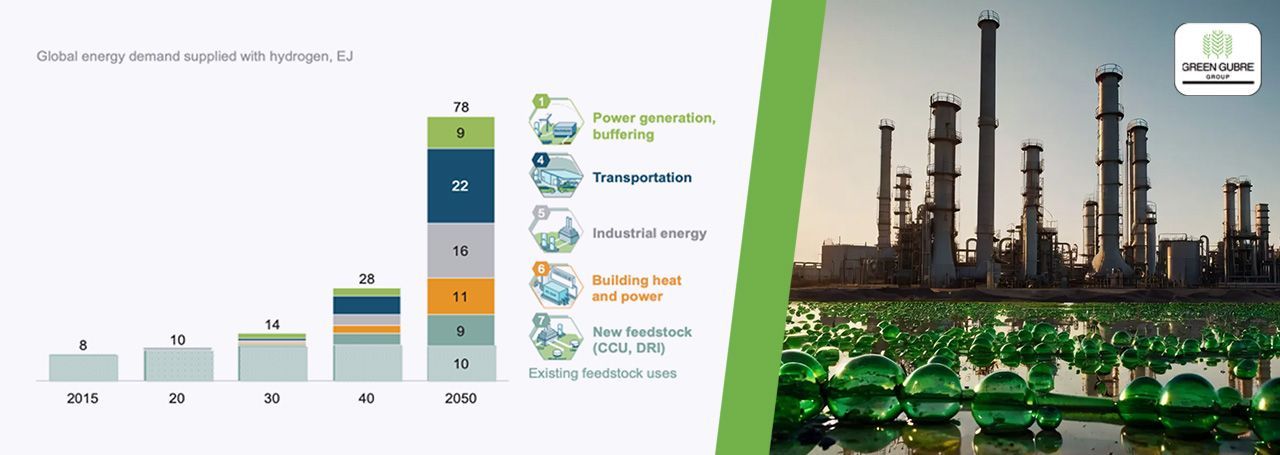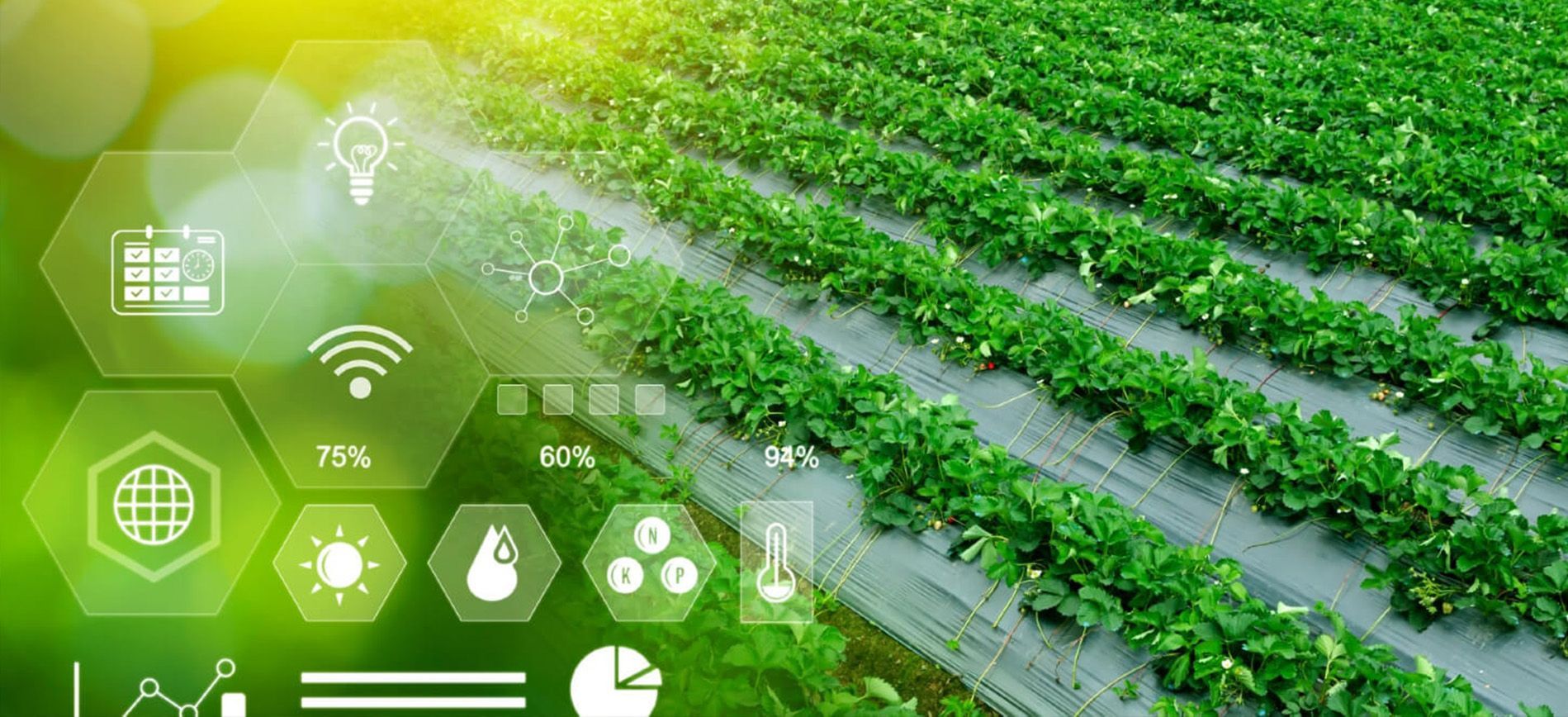Hydrogen’s Role in Decarbonizing Fertilizer Production
Hydrogen’s Role in Decarbonizing Fertilizer Production

The global push for sustainability has cast a spotlight on the fertilizer industry’s carbon footprint, with hydrogen emerging as a pivotal solution. As a key component in ammonia production, hydrogen is critical to fertilizer manufacturing. The transition from traditional fossil-based hydrogen (grey hydrogen) to low-carbon alternatives like green and blue hydrogen is revolutionizing the industry. This blog explores hydrogen’s transformative role in decarbonizing fertilizer production and its broader implications for sustainable agriculture.
Hydrogen in Ammonia Production
Ammonia, a cornerstone of fertilizer production, is synthesized using hydrogen through the Haber-Bosch process. Traditionally, this hydrogen is derived from natural gas, making the process carbon-intensive. However, advances in hydrogen production are changing the game:
- Grey Hydrogen: Derived from natural gas, accounting for significant CO2 emissions.
- Blue Hydrogen: Captures and stores carbon emissions during production, offering a low-carbon alternative.
- Green Hydrogen: Produced via water electrolysis using renewable energy, emitting zero carbon and representing the ultimate sustainable solution.
Environmental Benefits of Green Hydrogen
Green hydrogen offers a pathway to significant environmental improvements:
- Carbon Emission Reduction: Replacing grey hydrogen with green hydrogen in ammonia production can cut emissions by up to 90%.
- Renewable Integration: Green hydrogen leverages renewable energy sources like solar and wind, promoting the decarbonization of the energy sector.
- Sustainable Agriculture: Low-carbon fertilizers produced with green hydrogen align with global efforts to reduce the environmental impact of agriculture.
Global Initiatives and Investments in Hydrogen
Countries and companies are investing heavily in hydrogen technologies to drive the transition to sustainable fertilizers:
- Europe’s Green Hydrogen Projects: The European Union has pledged substantial funding for hydrogen initiatives, aiming to decarbonize industries, including agriculture.
- Middle East Hydrogen Hubs: Countries like Saudi Arabia and the UAE are emerging as leaders in green hydrogen production, leveraging their abundant renewable resources.
- Private Sector Contributions: Fertilizer giants like Yara and CF Industries are piloting green ammonia projects, setting benchmarks for industry-wide adoption.
Challenges to Widespread Adoption
Despite its potential, hydrogen adoption in fertilizer production faces several challenges:
- High Production Costs: Green hydrogen is currently more expensive than grey hydrogen, though costs are projected to decline with technological advancements.
- Infrastructure Limitations: The production, storage, and transportation of hydrogen require significant infrastructure investments.
- Energy Demand: Electrolysis for green hydrogen production demands substantial energy, necessitating a parallel expansion of renewable energy capacity.
The Road Ahead: Strategies for Scaling Hydrogen Use
Scaling hydrogen use in fertilizer production requires coordinated efforts across stakeholders:
- Policy Support: Governments must implement incentives, subsidies, and carbon pricing mechanisms to support hydrogen adoption.
- Public-Private Partnerships: Collaborations between governments, energy companies, and fertilizer producers can drive technological innovation and infrastructure development.
- Technological Advancements: Continued R&D in electrolysis technologies and hydrogen storage solutions will reduce costs and improve scalability.
- Global Cooperation: International collaboration is essential to standardize hydrogen production practices and share best practices.
Broader Implications for Agriculture
The shift to hydrogen-based fertilizers promises ripple effects across the agricultural sector:
- Enhanced Sustainability: Farmers can adopt fertilizers with lower carbon footprints, aligning with global sustainability goals.
- Market Differentiation: Producers of low-carbon fertilizers can command premium prices, appealing to environmentally conscious consumers and governments.
- Resilience to Regulation: As carbon pricing becomes more prevalent, companies adopting hydrogen-based solutions will be better positioned to navigate regulatory landscapes.
Conclusion
Hydrogen’s role in decarbonizing fertilizer production is a game-changer for the industry and sustainable agriculture. While challenges remain, the increasing adoption of green and blue hydrogen presents a viable path toward achieving carbon-neutral fertilizer production. By embracing hydrogen, the fertilizer industry can significantly reduce its environmental impact, foster global sustainability, and secure its place in the future of agriculture.




